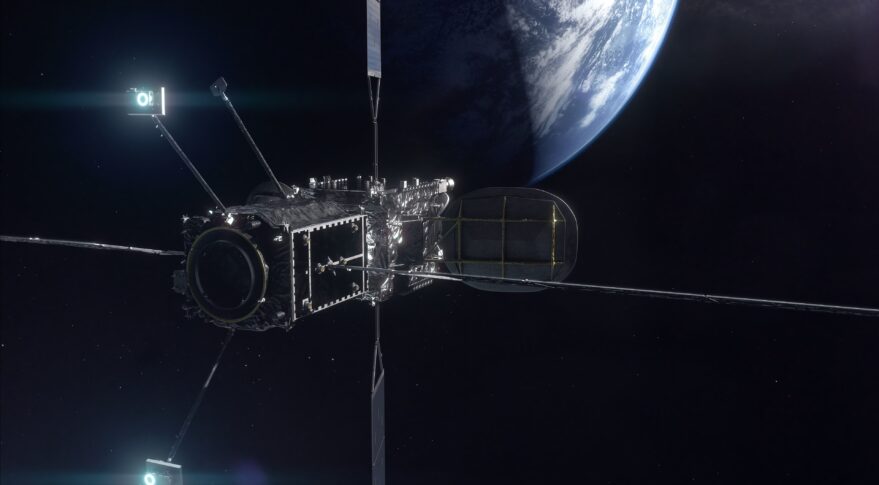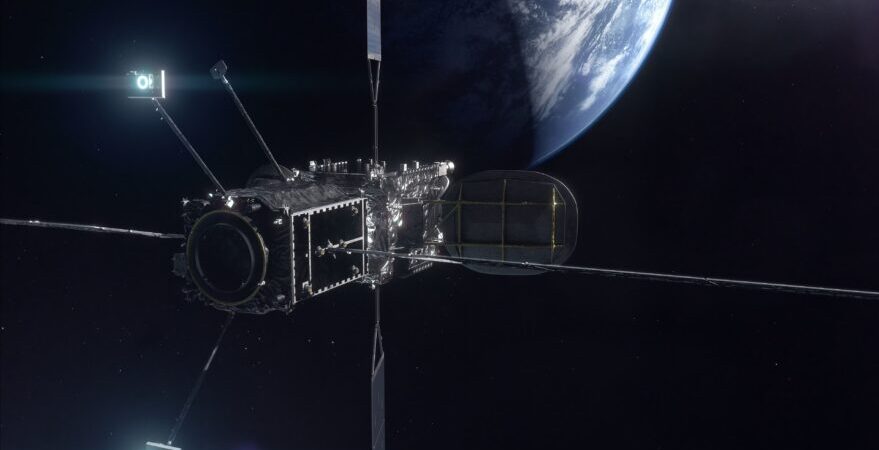
Article: After technical demonstrations, satellite servicing grapples other issues (https://spacenews.com/after-technical-demonstrations-satellite-servicing-grapples-other-issues/)
Spacenews.com’s Jeff Foust reports on the Advanced Maui Optical and Space Surveillance Technologies (AMOS) Conference from September 15, where Northrop Grumman reviewed some of the challenges that faced their most recent demonstrations of satellite servicing capabilities. In April, two Mission Extention Vehicles (MEVs) docked with Intelsat satellites in geostationary orbit – providing up to 5 years of mission life to each of the communications satellites. One of the most difficult challenges to the missions was licensing – “no one federal agency has clear responsibility for licensing satellite servicing and other novel space applications,” Foust wrote. He went on to discuss that one of the challenges with potential issues that may occur on orbit in servicing operations lies with liability – it’s currently incredibly difficult to produce the evidence needed to show which party may be at fault if something were to go wrong.
The space systems problem I identified in this article was with the Ground Station – particularly, its data systems and communication networks. The capability to rendezvous and dock with an on-orbit system, image that system, and interact with and/or control that system is a capability that could be devastating in the hands of a threat actor despite its benign servicing origins. A potential threat actor may be interested in utilizing phishing or other methods of infiltrating Northrop Grumman’s ground station network to gain access to data which may allow them to replicate the servicing vehicle’s capabilities, or IP theft.
